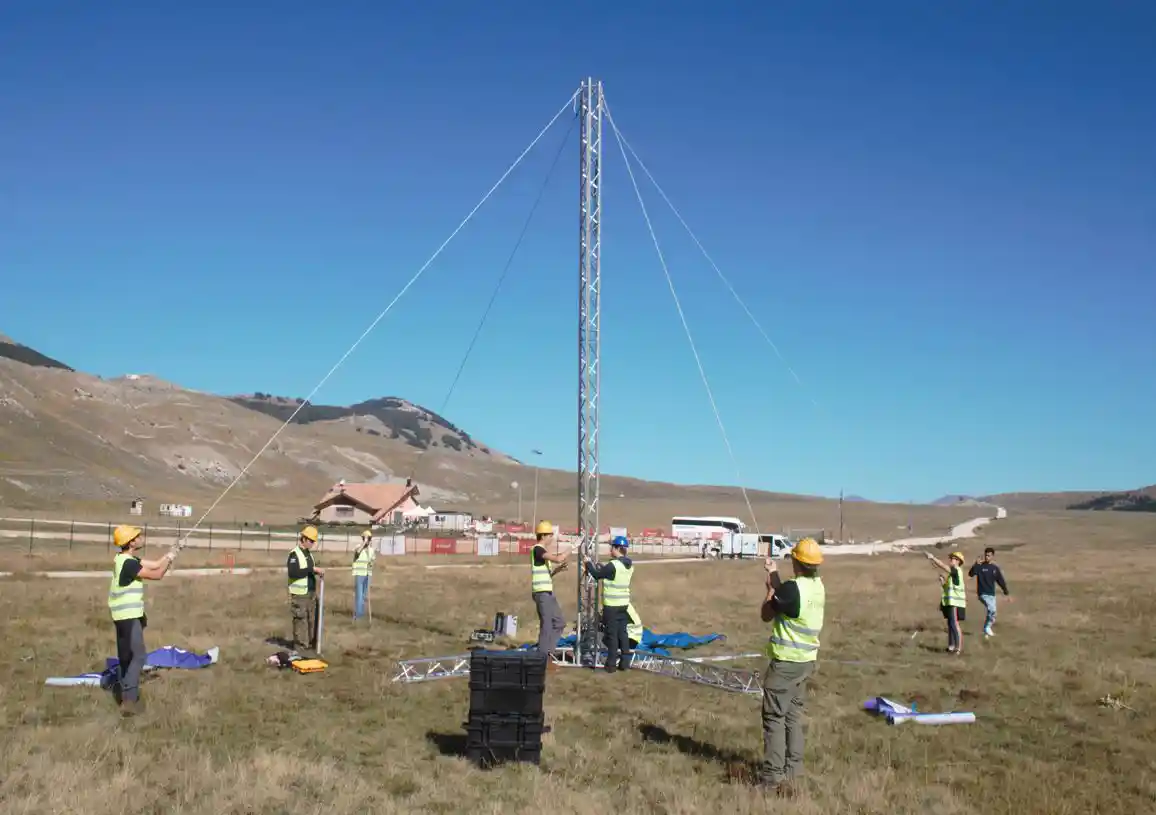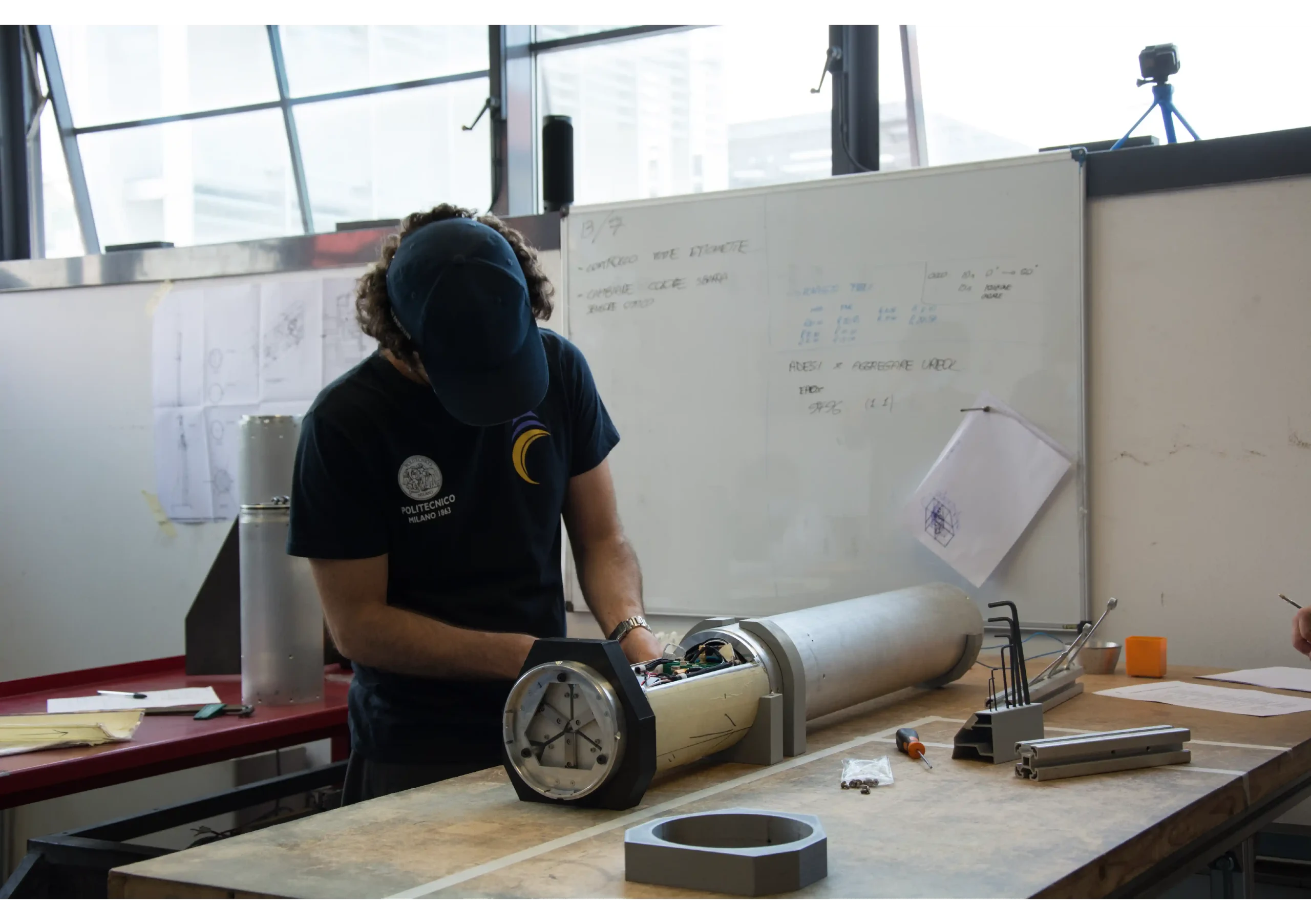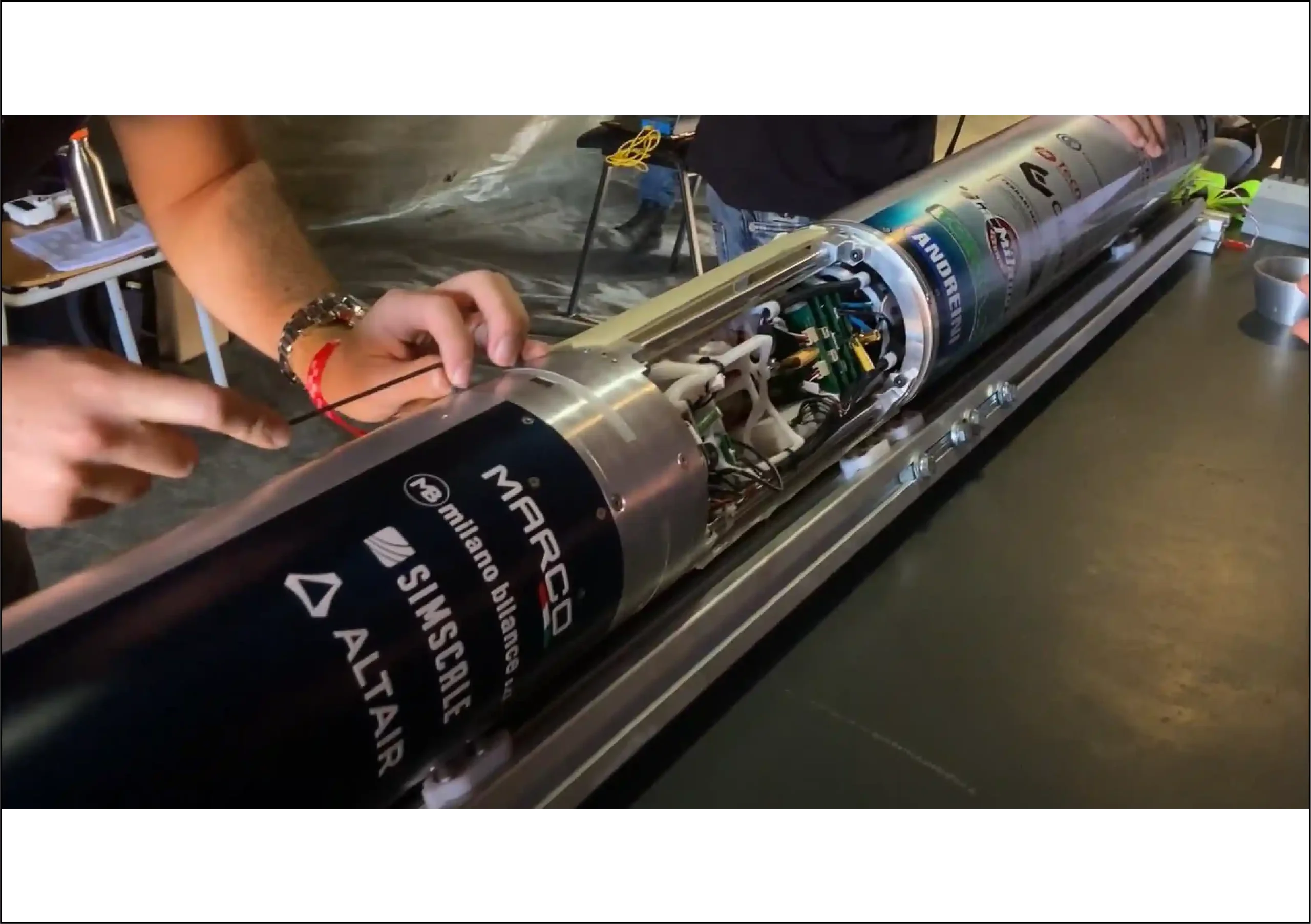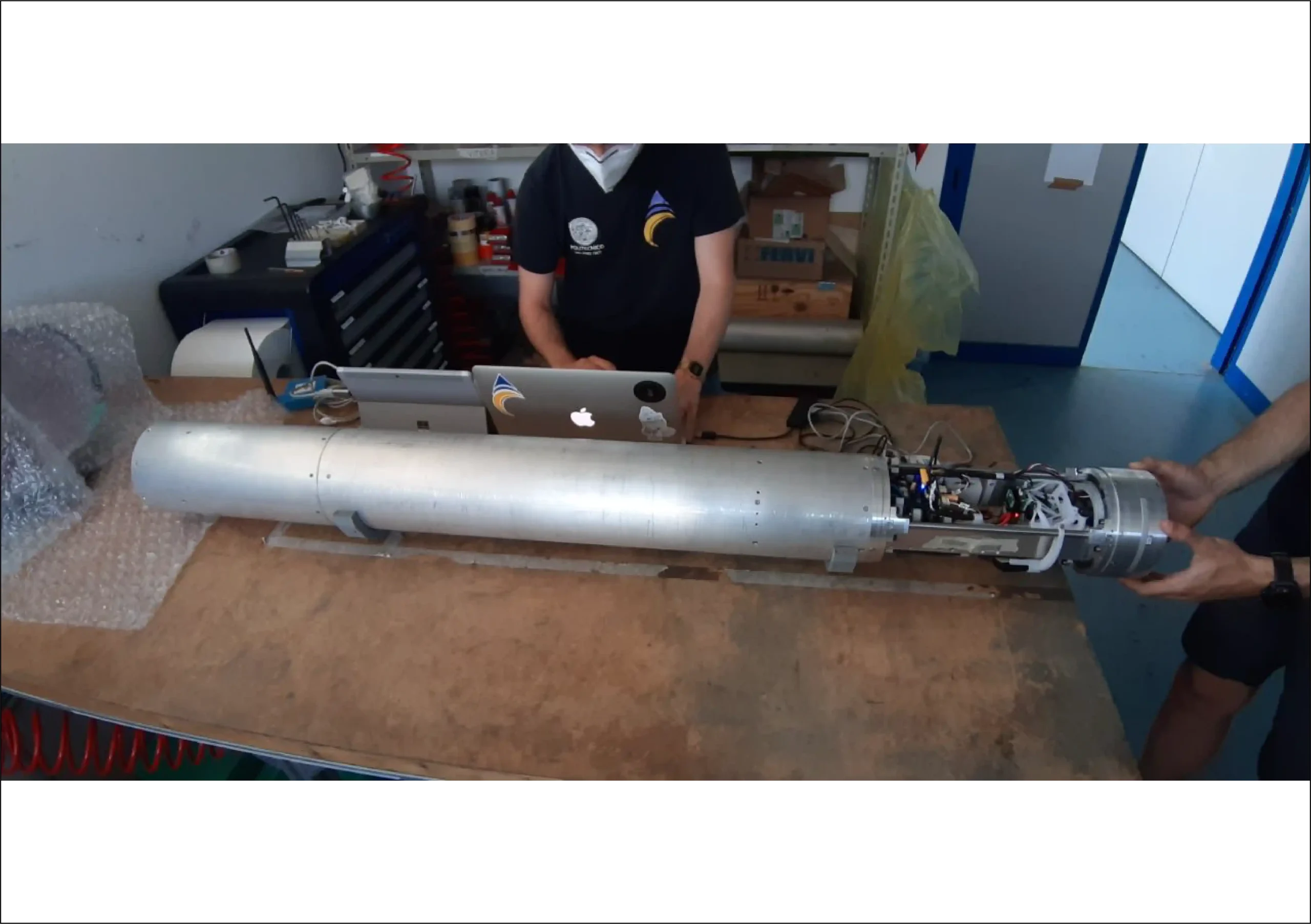STRUCTURE
Overview
The Structures Department is in charge of the entire design and practical implementation of the rocket’s airframe, and is divided in a series of sub-teams, each in charge of a different bay. We design each component, studying its shape and the practicality of its realization, while also taking into account all the possible stresses that can occur during a flight. Therefore our work begins with the design of 3D CAD models of the rocket’s parts, to then proceed with their dimensioning by means of FEM Analysis, and end in their assembly and testing, as our kind sponsors handle their production.
Design and dimensioning of the airframe
The first step to the design of a component is imposing all the constraints it must fulfill during the flight. We then model each of the rocket’s parts on paper, and later in our CAD software, working with all other departments to effectively draft the most suitable airframe. Once all components have been defined, we verify that they are practically feasible and proceed with their optimization. This last step mainly consists of weight reduction: by means of Finite Element Analysis all flanges and structural components are accurately studied under the worst possible stress conditions they could receive, and all the excess material that is not strictly necessary to withstand them is removed.

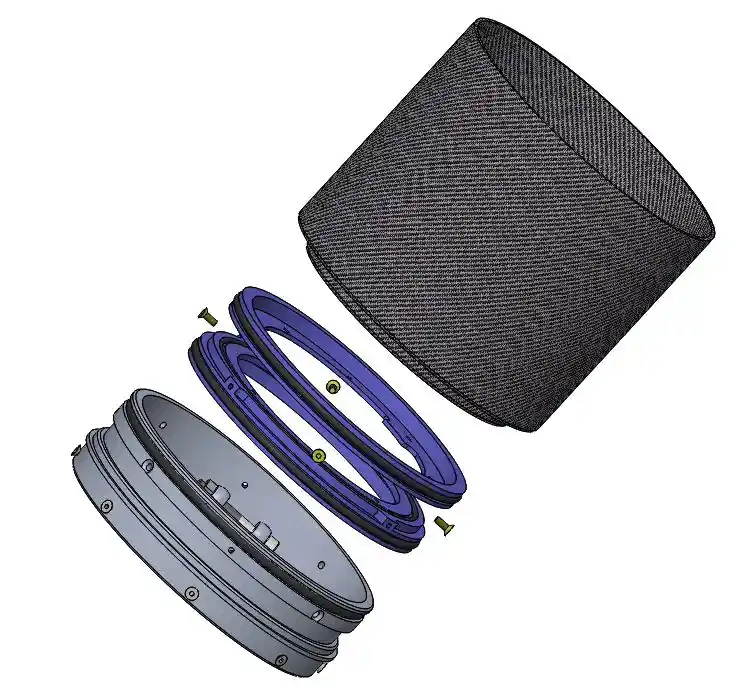
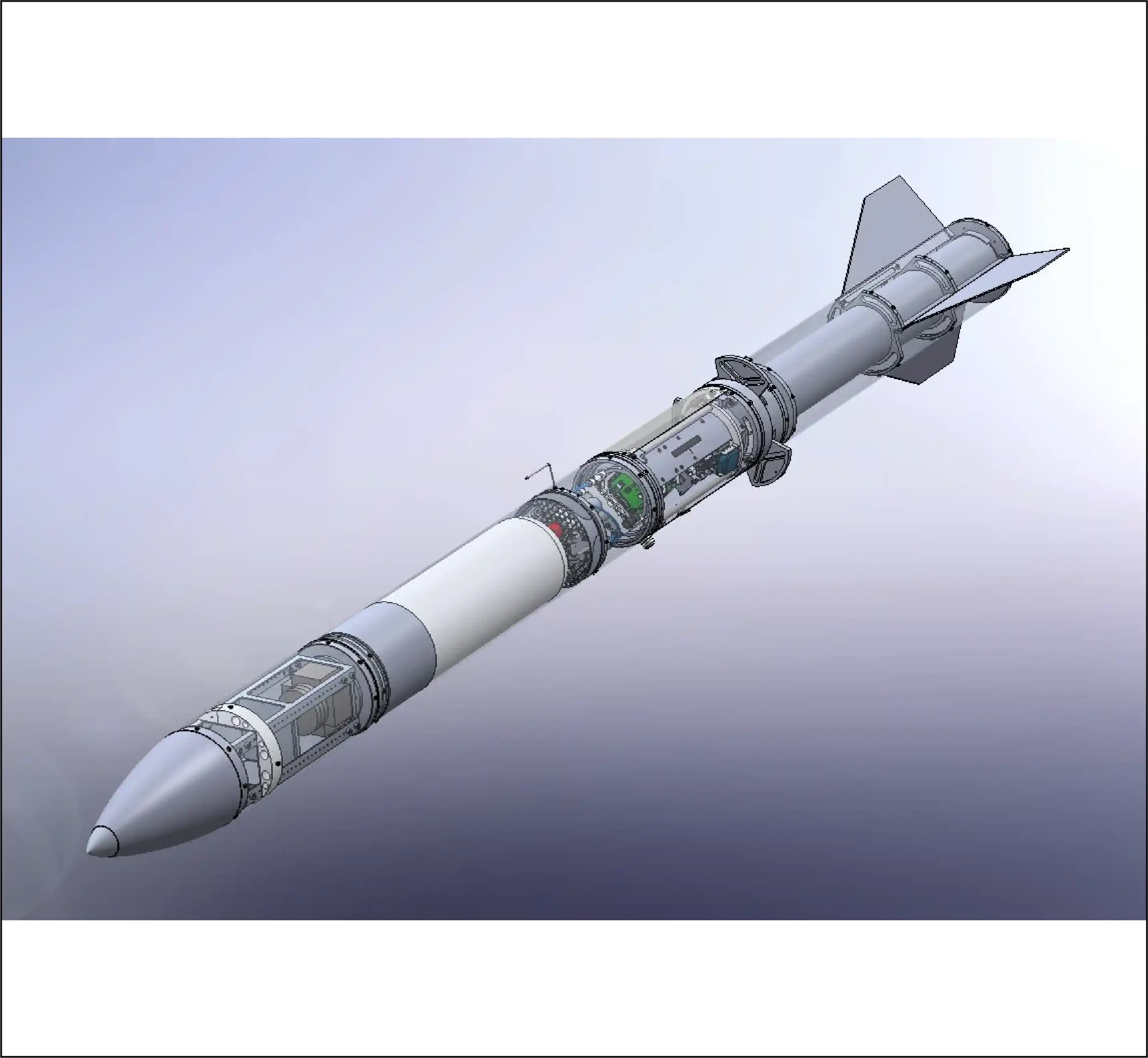
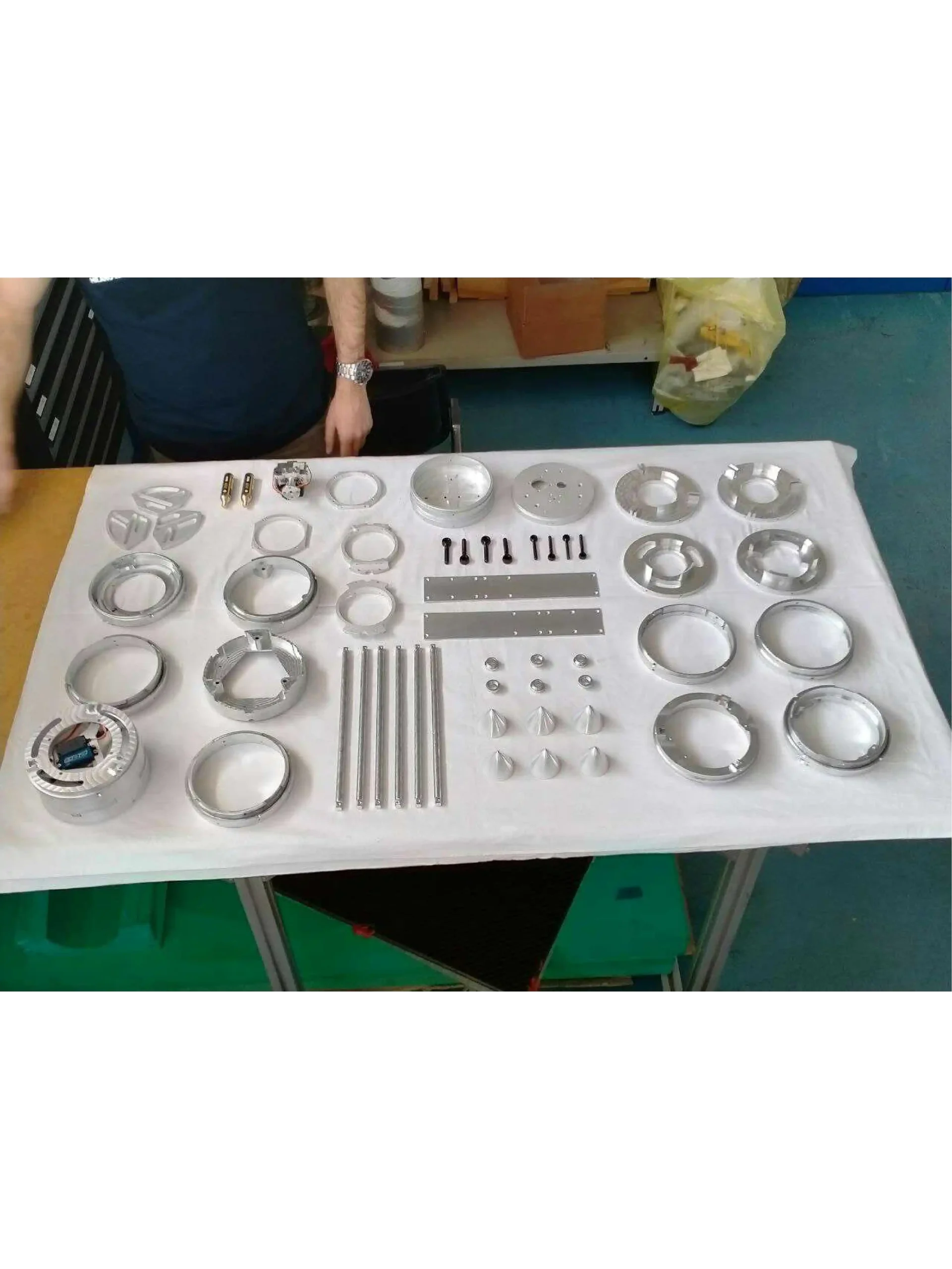
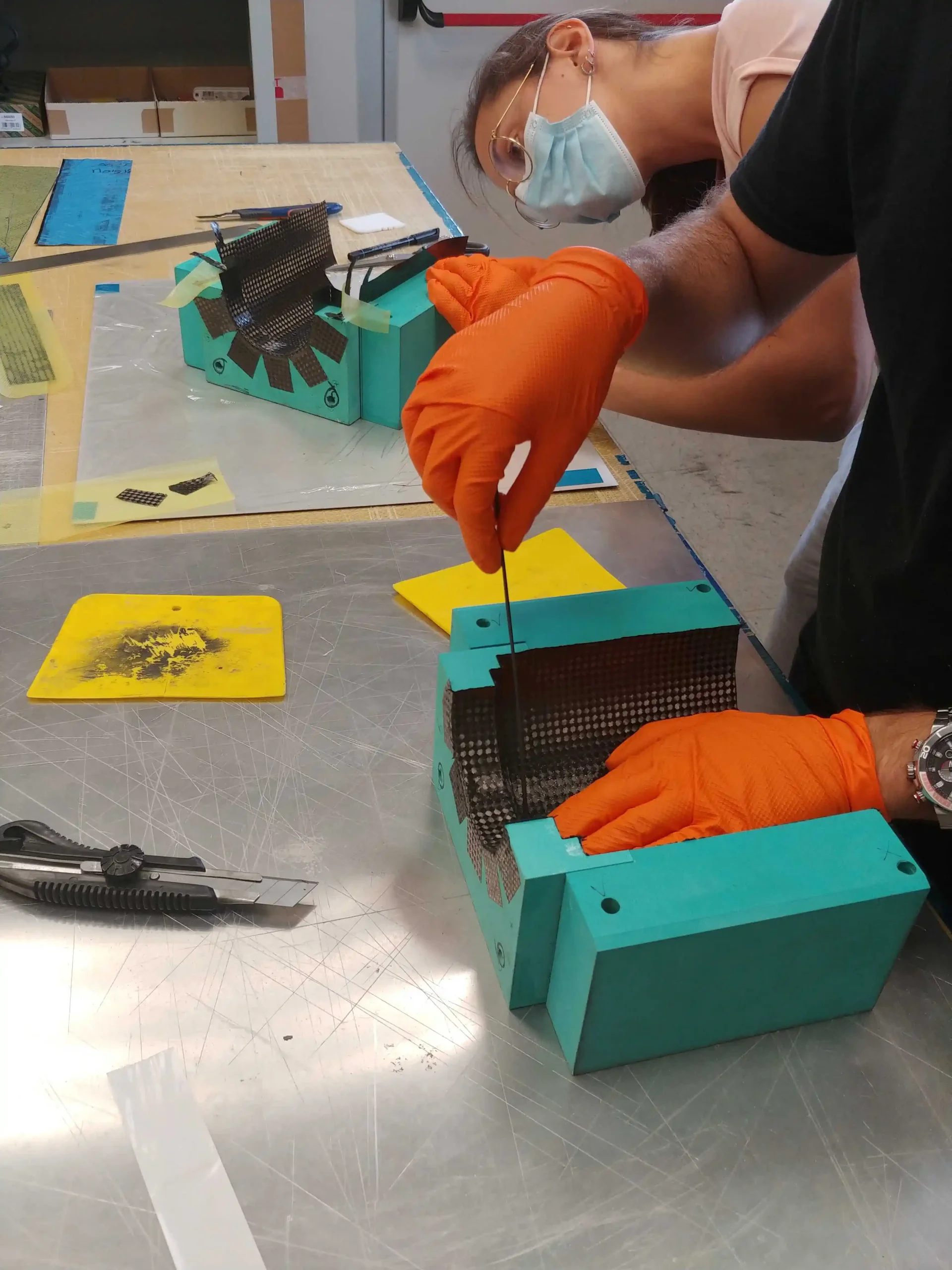
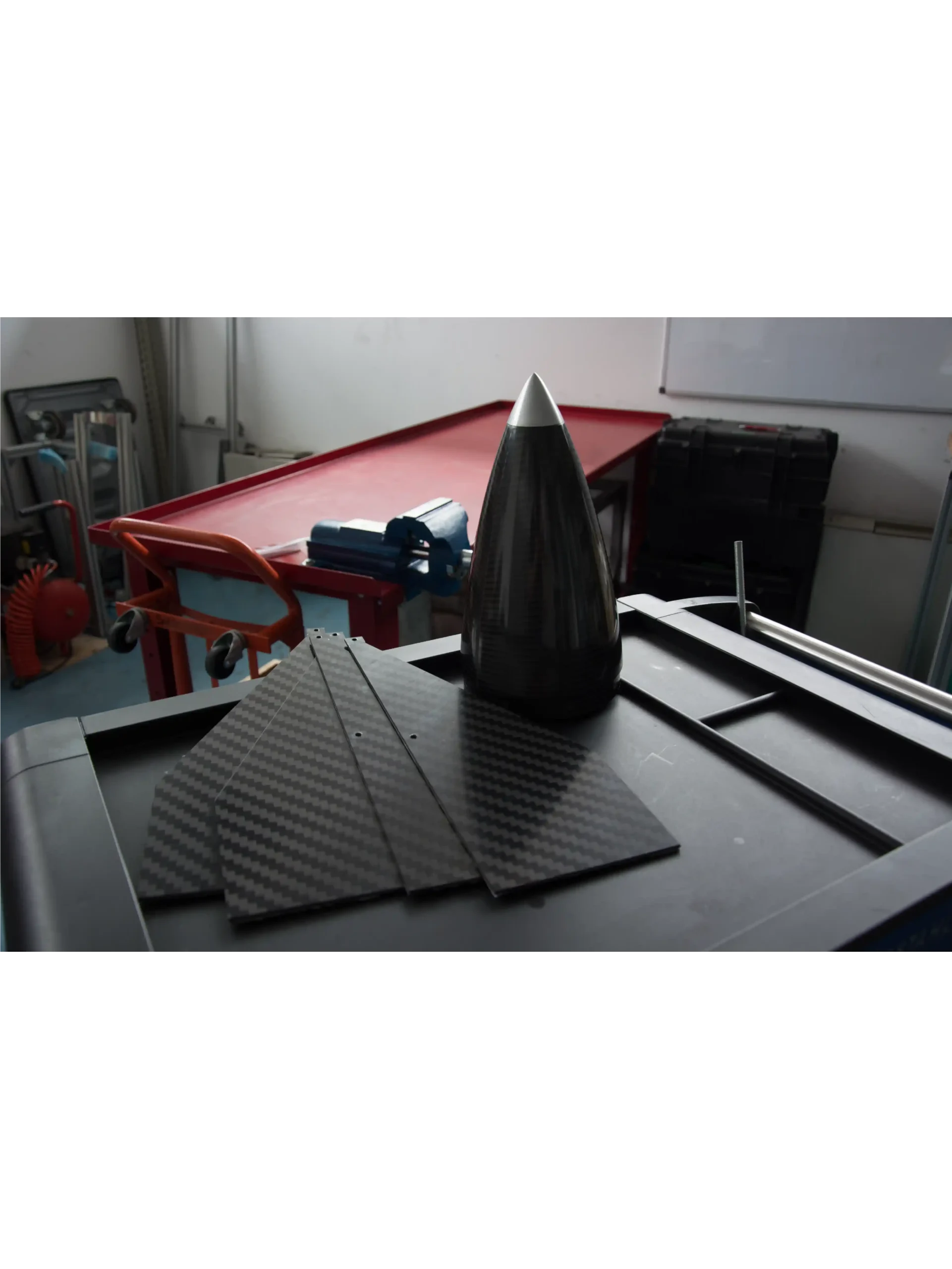
Practical realization of the rocket
Once all components have been designed, we complete all technical drawings required for their practical implementation. Our generous sponsors handle the majority of production, as the designed elements often have complex shapes. Once everything is ready for assembly, we roll up our sleeves and put it all together. Each bay is carefully assembled and disassembled multiple times, to confirm that all components fit in correctly and accomplish their task. As the rocket is almost ready, we start the integration process with all other departments.
Integration and testing
Though the design of the entire airframe is mindful of all possibilities and works perfectly on paper, we want practical confirmation that every system operates correctly. Therefore, starting from the expulsion system, we ascertain that everything functions nominally and integrates well with other subsystems, such as the avionics or the recovery mechanism. Finally, when we are ready to launch we assemble the entire rocket and mount the ramp from which the rocket takes off.
